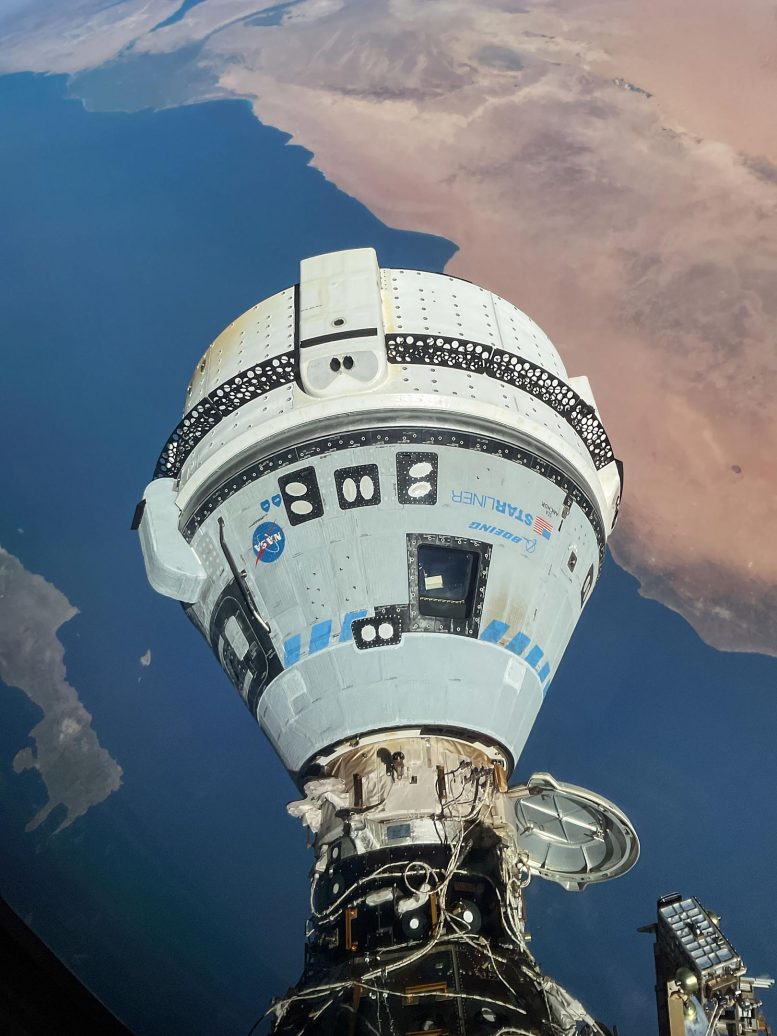
The Starliner spacecraft on NASA’s Boeing Crew Flight Test is pictured docked to the Harmony module’s forward port as the International Space Station orbited 263 miles above the Mediterranean Sea. Credit: NASA
Boeing’s Starliner spacecraft is stuck at the Space Station for now as NASA and Boeing have adjusted the return schedule to address issues within the propulsion system while managing conflicts with planned spacewalks at the International Space Station.
This delay allows for comprehensive reviews and system checks, paralleling procedures from previous missions. While these evaluations occur, astronauts Butch Wilmore and Suni Williams remain active aboard the ISS, equipped with ample supplies and no pressing need to return to Earth soon.
NASA and Boeing Delay Starliner Return
Leadership at NASA and Boeing have again adjusted the return to Earth of the Starliner Crew Flight Test spacecraft with agency astronauts Butch Wilmore and Suni Williams from the International Space Station (ISS). The move off Wednesday, June 26, deconflicts Starliner’s undocking and landing from a series of planned International Space Station spacewalks while allowing mission teams time to review propulsion system data. Listen to a full replay (embedded below) of the June 18 media briefing where NASA and Boeing leadership discussed the ongoing efforts.
Mission Management and Safety Reviews
“We are taking our time and following our standard mission management team process,” said Steve Stich, manager of NASA’s Commercial Crew Program. “We are letting the data drive our decision-making relative to managing the small helium system leaks and thruster performance we observed during rendezvous and docking. Additionally, given the duration of the mission, it is appropriate for us to complete an agency-level review, similar to what was done ahead of the NASA’s SpaceX Demo-2 return after two months on orbit, to document the agency’s formal acceptance on proceeding as planned.”
Future Return Opportunities and Readiness
A media telecon with mission leadership will follow the readiness review’s conclusion, and the agency will share those details as they are solidified. Boeing’s Starliner spacecraft remains cleared for return in case of an emergency on the space station that required the crew to leave orbit and come back to Earth.
Mission managers are evaluating future return opportunities following the station’s two planned spacewalks on Monday, June 24, and Tuesday, July 2.
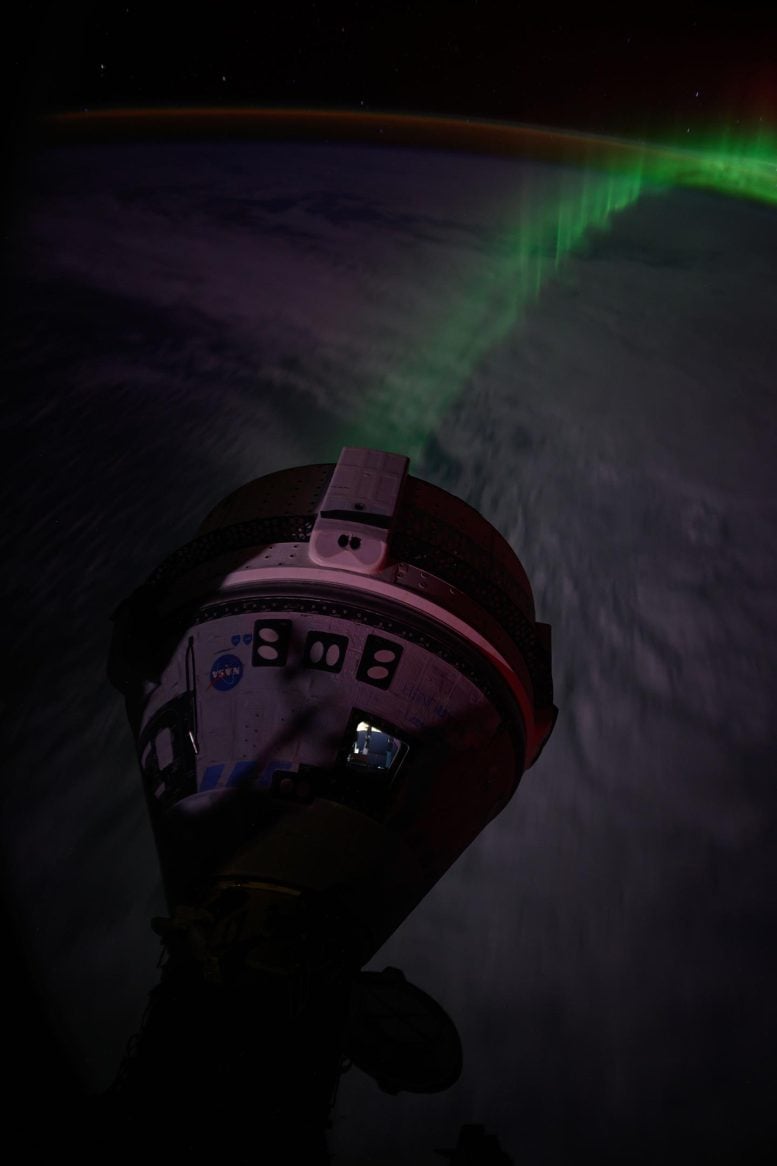
An aurora streams below Boeing’s Starliner spacecraft docked to the forward port on the Harmony module as the International Space Station soared 266 miles above the Indian Ocean southwest of Australia. Credit: NASA
In-Orbit Performance and Crew Integration
“Starliner is performing well in orbit while docked to the space station,” said Stich. “We are strategically using the extra time to clear a path for some critical station activities while completing readiness for Butch and Suni’s return on Starliner and gaining valuable insight into the system upgrades we will want to make for post-certification missions.”
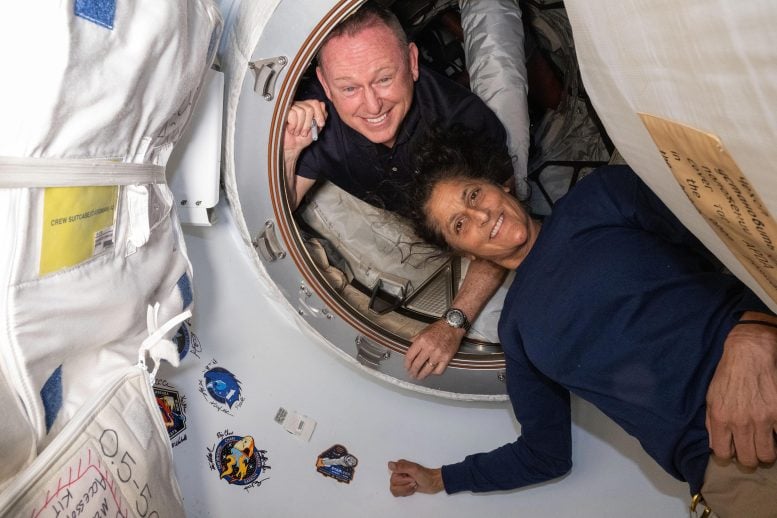
NASA’s Boeing Crew Flight Test astronauts (from top) Butch Wilmore and Suni Williams pose for a portrait inside the vestibule between the forward port on the International Space Station’s Harmony module and Boeing’s Starliner spacecraft. Credit: NASA
Positive Crew Feedback and Supply Status
Wilmore and Williams remain integrated with the Expedition 71 crew, assisting with station operations as needed and completing add-on in-flight objectives for NASA certification of Starliner.
“The crew’s feedback has been overwhelmingly positive, and they know that every bit of learning we do on the Crew Flight Test will improve and sharpen our experience for future crews,” said Mark Nappi, vice president and program manager, Boeing’s Starliner Program.
The crew is not pressed for time to leave the station since there are plenty of supplies in orbit, and the station’s schedule is relatively open through mid-August.

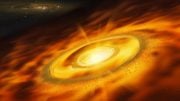


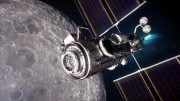
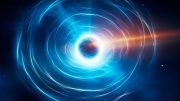

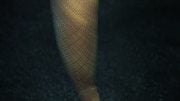

Boeing is a good example of the consequences of corporations to focus on shareholder earnings and CEO compensation instead of the fundamentals of engineering that has given Boeing its global reputation. Boeing management left Seattle for pursuing its financial gains, fought the unions (its workers) to impose a repressive management control, and engaged in political lobbying to avoid oversight and regulation of safety and quality engineering. Consequently, the quality and safety of Boeing aerospace has deteriorated. Of the many legislative regulations that need to be instituted to restore confidence in American business, it should be imperative that 50% of the Board of Directors consist of the engineering expertise needed to sustain quality and safety, and that employees receive equal compensation for compensation provided to corporate CEO and management. Employees design and build aerospace products, not management.
Boeing… amirite?
So sad! A once extremely highly respected company has come to this. I have over twenty thousand hours flying Boeing commercial jets, and my respect for them over my long career WAS absolutely huge.
Now, they have sunk to lower levels than most of us thought possible.
Can they dig themselves out of the massive hole they’ve dug?
Huge management and culture changes are the only possible chance. They MUST reinvent themselves and regain both trust and respect, but right now I’m not entirely sure that’s even possible.
The jaw on that lady…
First of all I would like to have a picture of the international space station and the inside structure.
Secondly I would like to know how the astronauts feed themselves for many months in the space. I know they bring some foods, but they can only bring so much, can they produce some food up in the sky?